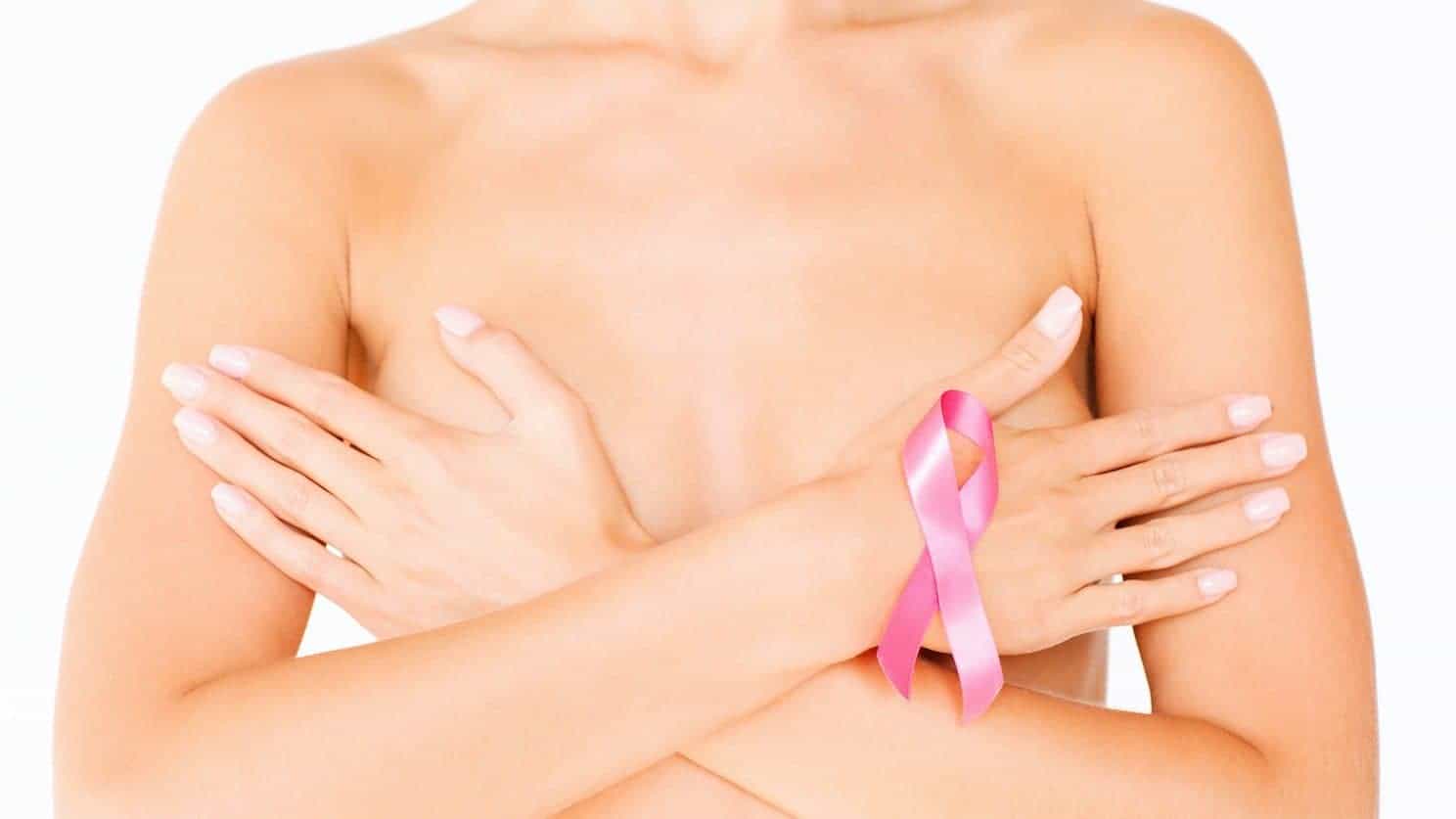On Monday, October 27th Australia celebrates "Pink Ribbon Day," which brings awareness to breast cancer diagnosis and treatment. For more information on how you can be part of Pink Ribbon Day activities visit: http://www.pinkribbon.com.au/support-cancer-council-pink
Breast Cancer Australia – The Risk Is High
Breast cancer is the most common cancer effecting women. The National Breast Cancer Foundation estimates that by the end of this year, 5,270 women will be diagnosed with breast cancer in Australia this year alone.
Other statistics released by the Breast Cancer Network Australia show that:
- Australian women have a 1 in 8 lifetime risk of developing breast cancer
- The risk of developing breast cancer increases with age
- The average age of first diagnosis of breast cancer in women is 60 years
- 75% of new cases of breast cancer develop in women over the age of 50
Good News for You, Bad News for Breast Cancer
It is important to remember that most women survive breast cancer. The latest statistics (2010) show that the 5-year survival rate for women diagnosed with breast cancer is more than 89%. Happily, many women live long and healthy lives well beyond this period.
The bottom line: early detection of breast disease with a simple breast exam can save your life. That’s why Costhetics is publishing this easy to follow guide to a breast self-exam.
How to Perform a Breast Self-Exam
When it comes to breast cancer, the best defence is a good offense. It is recommended that women of all ages, regardless of whether they have mammograms, maintain an awareness of how their breasts normally look and feel. A breast self-exam, painless and performed discretely at home, will give you that awareness.
Step 1 towards Better Breast Health
Your exam starts with a visual examination of your breasts. Stand in front of your mirror with your shoulders straight and your arms on your hips.
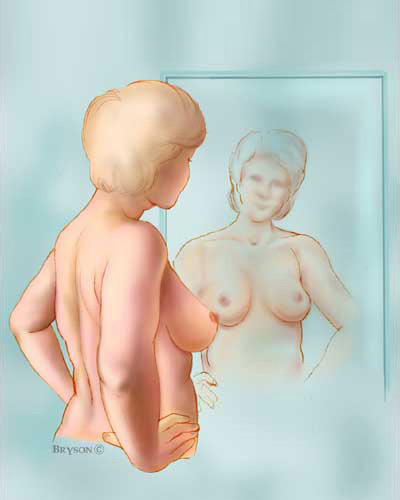
You are looking to confirm that your breasts are
- Their usual size, shape, and colour
- Evenly shaped without visible distortion or swelling
Step 2 towards Better Breast Health
Now, raise your arms over your head.
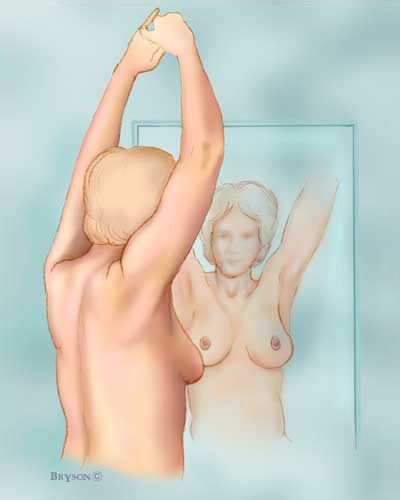
Look at your breasts again to confirm their size, shape, and colour, as you did above.
Step 3 towards Better Breast Health
Lower your arms and while you’re at the mirror, look for any signs of fluid discharge from either or both nipples. You may squeeze them gently to see if they release a watery, milky, or yellow fluid or blood.
Step 4 towards Better Breast Health
The next step of your breast self-exam is done lying down. You may lie on your bed or on the floor.
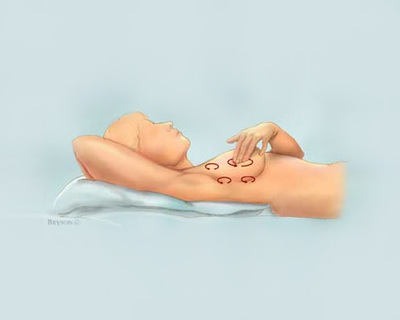
Use your right hand to feel your left breast and then your left hand to feel your right breast. Keep your fingers flat and together and manipulate your breasts with the first few finger pads of your hand.
Make circular motions with your fingers, about the size of a five-cent piece. Cover the entire breast from top to bottom, side to side — from your collarbone to the top of your abdomen, and from your armpit to your cleavage.
Step 5 towards Better Breast Health
You may perform this final step of your breast self-exam standing up or sitting down. If you find it easier to examine your breasts when your skin is wet and slippery, you can opt to do this step in the shower.
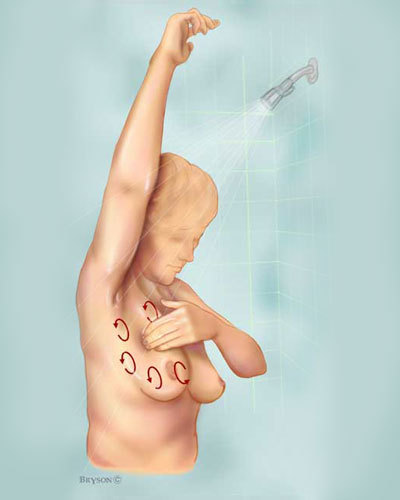
For this step, examine your entire breast using the same hand movements described in step 4.
When to See Your Doctor
Should you notice any new or unusual changes to your breast during a self-exam (or any other time), you should report them promptly to your general practitioner. Changes to look for include:
- a new lump or lumpiness especially if it is in just one breast
- a nipple discharge
- a change in the size or shape of the breast
- a change in the skin over the breast such as redness or dimpling
- an unusual persistent pain, especially if it is just in one breast
- dimpling, puckering, or bulging of the skin
- A nipple that has changed position or an inverted nipple (pushed inward instead of sticking out)
- Redness, soreness, rash, or swelling
This breast self exam can alert you and your doctor to possible breast cancer. It takes only a few minutes, but it could save your life. Take the time. You’re worth it.
